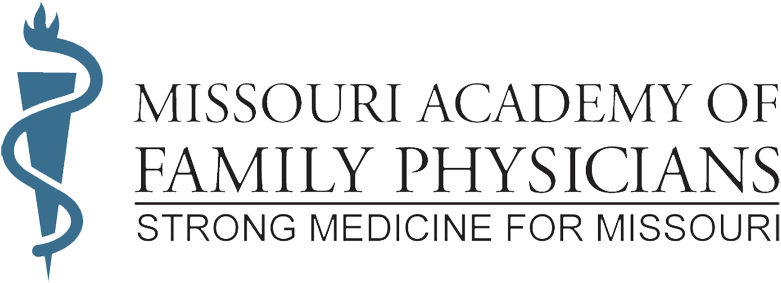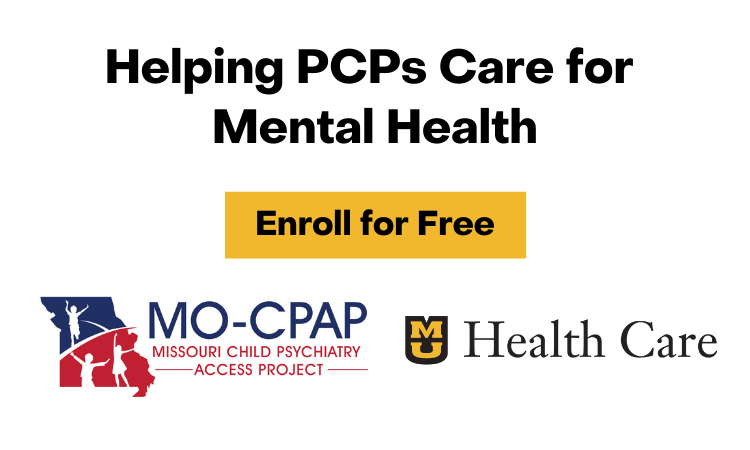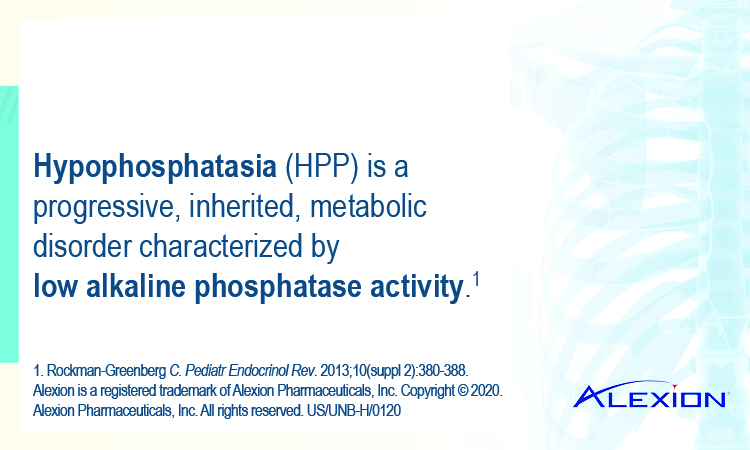Using a Trauma Lens for Children and Youth in Foster Care
Maya Moody DO, FAAP, President-Elect, Missouri Chapter American Academy of Pediatrics
Children and adolescents in foster care are a patient population with special healthcare needs that are often underrecognized and care is frequently fragmented. However, using a trauma lens during a routine clinical encounter can start the path to healing for this fragile, but resilient patient population.
SOAP note to trauma-responsive patient encounter: Focus on creating an environment of SAFETY.
S: History
Avoid having the child “tell their story”, or ask lots of questions about their trauma. If you know nothing else about the child’s history, you know that they have been removed from their primary home environment, which itself is a traumatic event. If relevant, discuss with caseworker or foster parent. Remember, traumatized kids have difficulty trusting adults or authority, so developing rapport will be slow and take time. Recognize and validate the child’s feelings.
O: Exam
- Be mindful of asking the child to get undressed or into a gown
- Ask permission “Can I listen to your heart now?”
- Provide choices “Which ear can I look at first?”
A: Assessment/Diagnosis
Many physical complaints and behaviors can be attributed to or exacerbated by the child’s trauma history – sleep disruption, problems with toileting or elimination, eating habits or preferences, even asthma and eczema can be worsened by chronic toxic stress. Remember to play close attention to mental and behavioral health concerns and the child’s symptoms of trauma and not as diagnostic criteria for psychiatric diagnoses.
P: Plan
- Focus on COLLABORATION & MUTALITY by leveling the power differential between patient and provider, allow for meaningful sharing of power and information in a developmentally appropriate manner.
- Giving EMPOWERMENT, VOICE & CHOICE through shared decision making, provide evaluation and treatment choices, allow patients to set their own goals, and cultivate self-advocacy. For example:
- When considering EBV testing: “Would you like to do a blood test to find out if your symptoms could be due to a virus?” then explain how the information would change treatment or further clinical monitoring.
- “Would you prefer to take a liquid, powder, or capsule medication for your constipation?”
- “When would you like to come back to see me? I would suggest sometime between 2 weeks and 2 months.”
By creating an atmosphere of safety, collaboration, and choice, we can promote trust, healing, and resilience for a population of children and adolescents who need our utmost care and attention. Thank you for being a voice for kids!
Resources:
SAMSHA’s Concept of Trauma and Guidance for a Trauma-Informed Approach, July 2014
“Needs of Kinship Care Families and Pediatric Practice” Pediatrics. April 2017
“Ongoing Pediatric Health Care for the Child Who Has Been Maltreated.” Pediatrics. April 2019
About the Author
By: Maya Moody DO, FAAP




